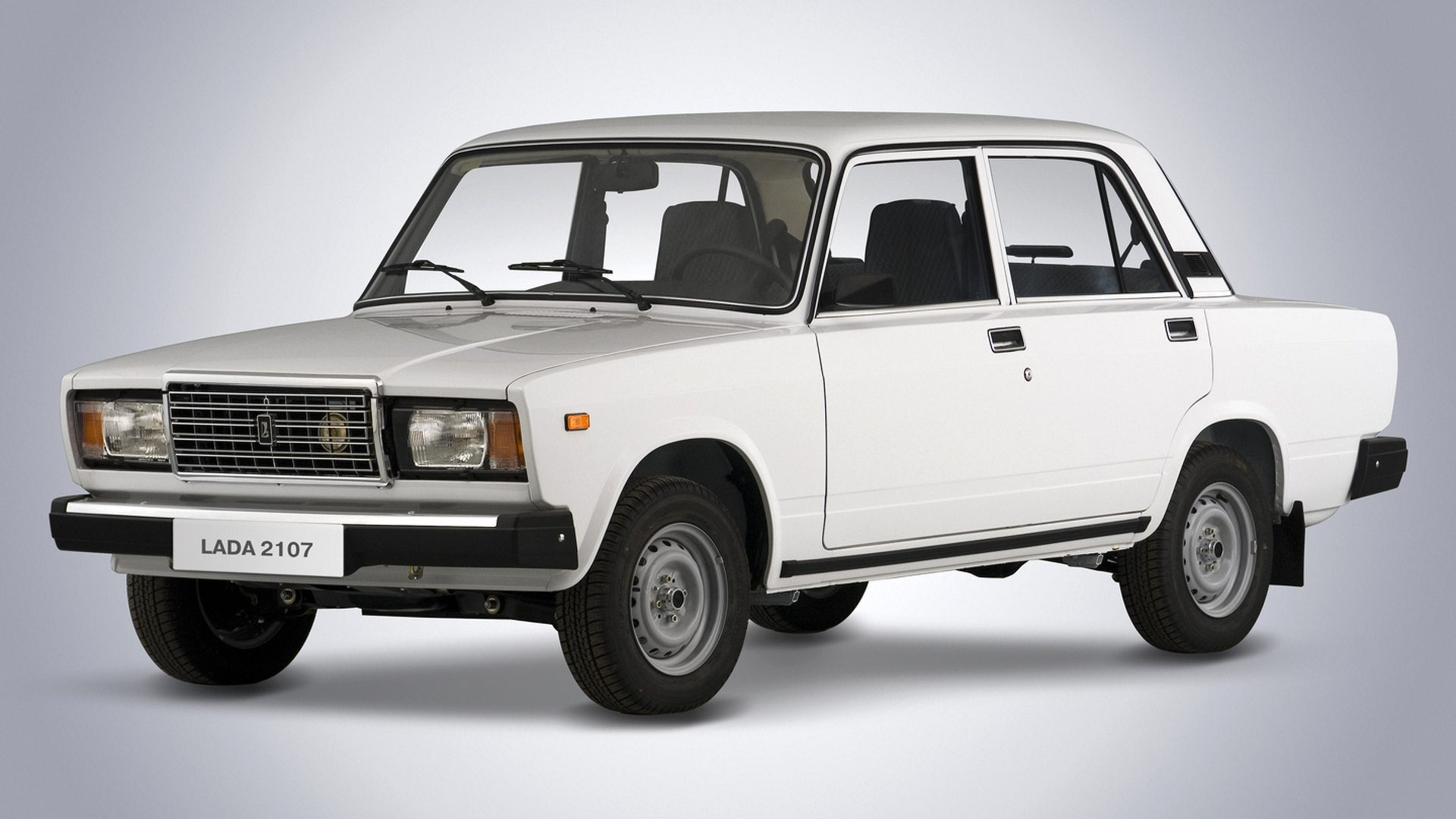Lada Sales Data, Trends & Analysis for the European Automotive Market
Lada sales in Europe have fallen steadily from 2009 to 2014, and almost 95% of the brand’s sales during those years were the venerable small 3-door SUV Lada Niva, which has been on the market virtually unchanged since 1977. Sales started to rebound in 2015, even for the Niva but mostly thanks to an expanded line-up since 2016.
Most European Lada sales used to be in Germany, where the Niva enjoys a somewhat “Cult” status. The brand is also sold in Hungary and the Baltic countries Estonia, Latvia and Lithuania, as it’s getting harder for the Niva to meet modern safety and emission standards in Western Europe.
Lada Europe Sales Figures & Recent Highlights
Lada’s parent Renault has been working to re-introduce Lada to the European market as a defense against an oncoming invasion of Chinese autobrands, especially considering the success of its Romanian subsidiary Dacia. Lada already sells its Vesta compact sedan and the Xray hatchback-crossover, and is looking to expand its distribution network into France, Czech Republic, Poland, Serbia, Bulgaria, and other countries. The Vesta and X-Ray are based on reliable Renault/Dacia mechanics, but need more modern engines than the ones used in Russia if they want to become attractive to Western European car buyers.
But then in 2019 Lada announced it would withdraw from the EU market as it would be too expensive to get its models compliant with the strict emissions standards. The Russian brand has been a minor player in Europe for decades, with new millennium sales peaking at just over 10,000 units in 2000, 2004 and 2005 thanks to the Niva and 110 / 111 / 112, with market share peaking at 0.07%. Sales have been below 2,000 units from 2013 to 2015 with a market share of 0.01%. In 2016 the brand started to grow again and sold over 5,000 units in 2017. Things have softened from there as sales barely tick over.
Annual Sales, Growth and Market Share in Europe
Below we have a table that shows total Lada sales volumes for the European automotive market, broken out by year. This data captures all Lada vehicle sales for the entire European automotive market.
Lada Europe Annual Sales Units & Growth Chart
Below is a visual representation of Europe sales units over time. We have both the Lada sales units and the market share in the European market. Click on the items in the legend to see each series by itself.
Lada Europe Growth Rate & Market Share Chart
Below is the annual growth rate for the Lada brand in Europe, shown against the Lada’s marketshare changes in Europe. This gives you a good look into how Lada has faired against the other brands in terms of absolute sales and effect on marketshare. Click on the items in the legend to see each series by itself.
Sources: Manufacturers, ANDC, JATO Dynamics.









